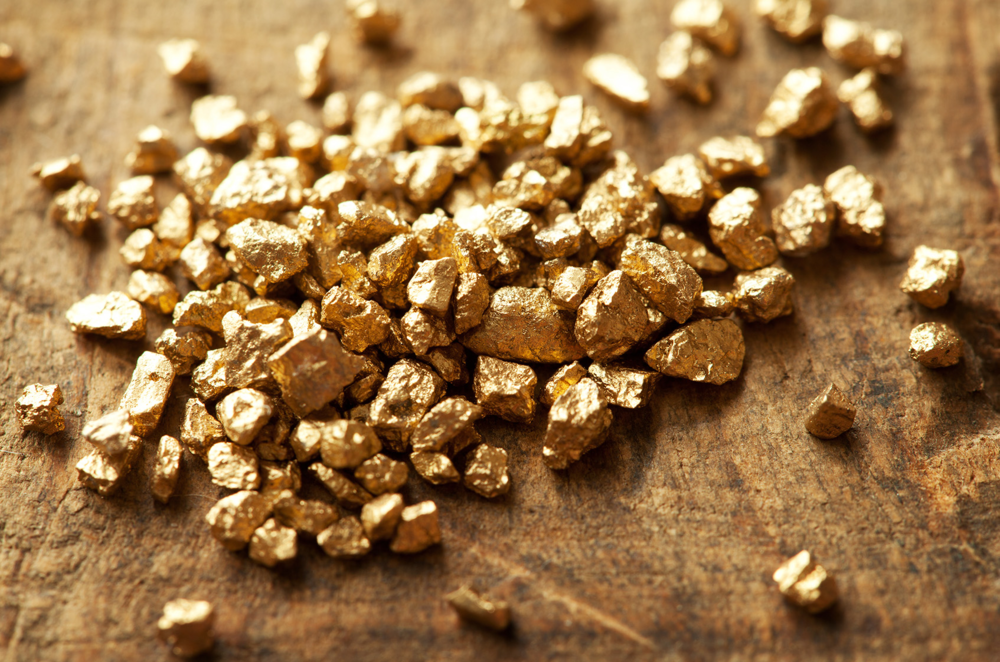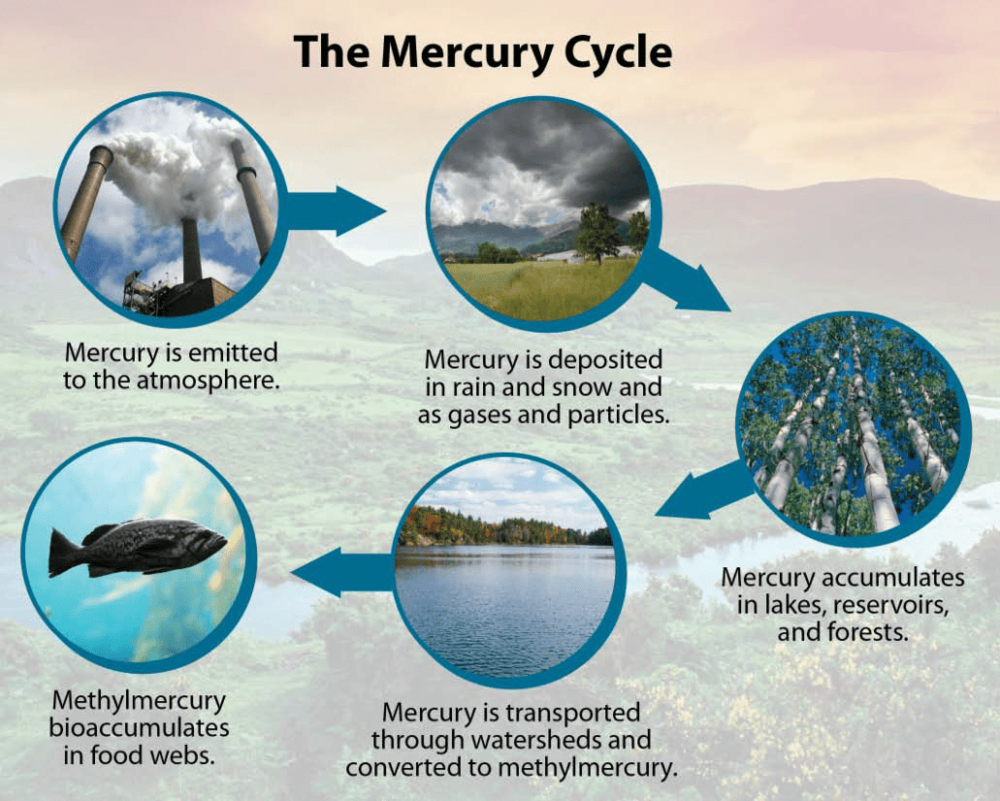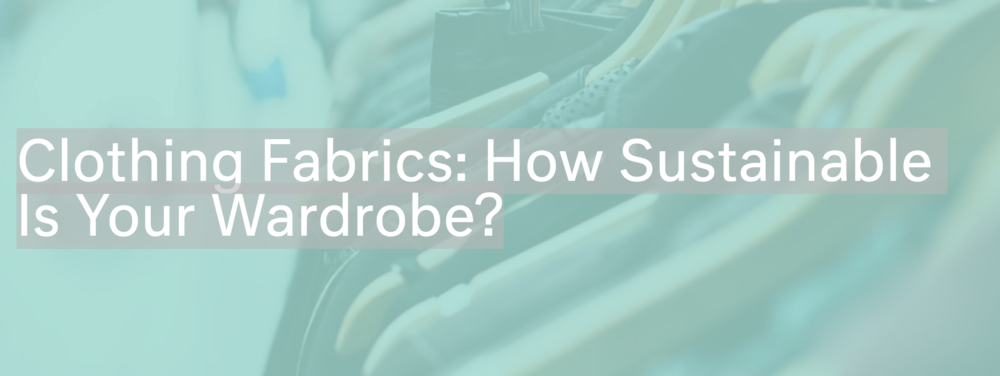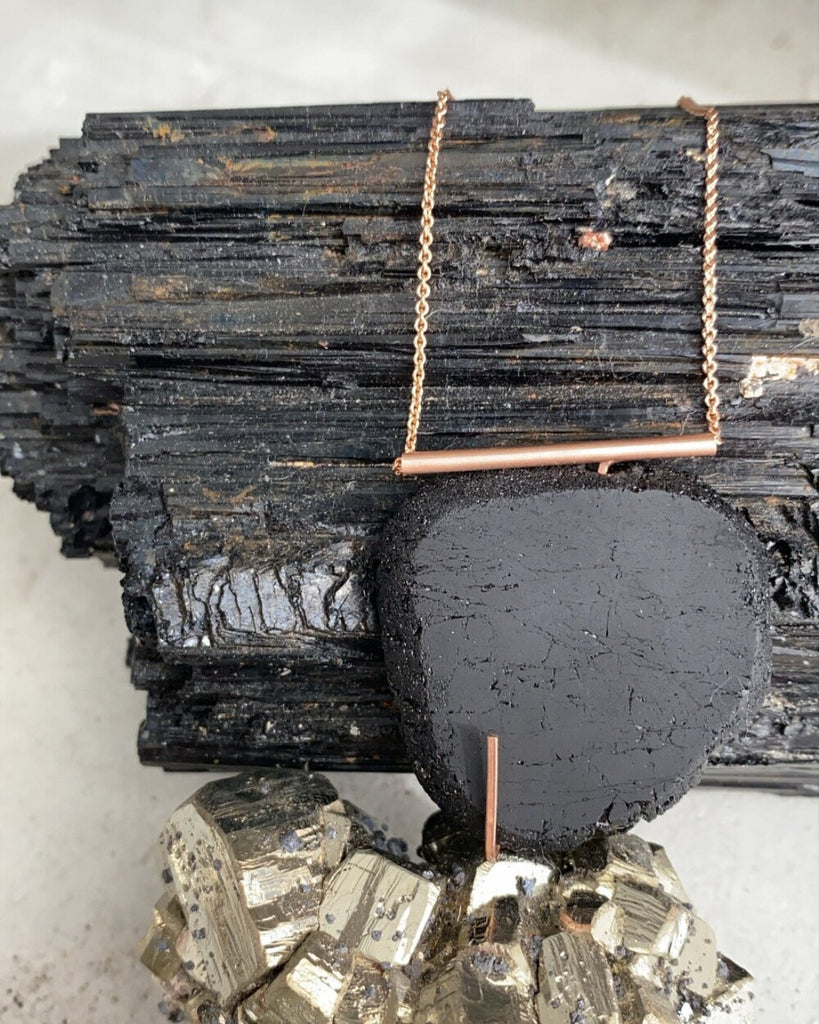Mercury Use in Gold Mining

It is not a secret that recent ethical movements have put pressure on mining companies to become more sustainable. We have previously discussed traditional mining impacts on a global scale and with Enji’s founder recent trip to the Chicago Responsible Jewelry Conference, we felt it was time to revisit the topic. Mining is filled with controversial issues and while almost everyone can agree that slave labor and inhumane practices are unethical, there is a gray area when it comes to understanding the technical side of mining. Consumers who are not well versed in traditional mining practices and terms can often confuse whether a practice is sustainable or ethical. We wanted to take the opportunity to shine a spotlight on a mining practice that doesn’t always get the required attention, mercury.
To quote the official website for the Mercury Free Mining Challenge “Virtually everyone knows that if you're pregnant or nursing, it's a bad idea to eat a lot of fish, especially big fish like tuna. Why? Because fish like tuna and swordfish have the highest concentration of methylmercury, the most toxic form of the metal, in our food supply chain,” these toxins have been an integral part of most small mining operations.

Small artisanal gold mine
Mercury, also known as methylmercury, is most commonly used to help separate gold from debris. Most large mines have found ways to mine for gold without the use of mercury. However artisanal and small-scale gold miners (ASGM) rely on the convenience of mercury due to the lack of access to more efficient and safer chemicals. The role of this toxin is significant as it allows miners to capture difficult to obtain gold and helps improve the purity of the gold.
Gold usually comes from the ground and mud, dirt, and impurities make it difficult to separate gold from other nonmetallic elements. Mercury was the simple solution prior to modern mining techniques.

Example of a gold ore
Gold ores, whole pieces earth containing only bits of gold, are crushed, placed inside liquid mercury, and dissolved. The best comparison to make for better understanding this process would be salt and water. Salt can be dissolved in water, and when the solution is heated, and water evaporated, leaving behind newly formed salt crystals.
This is exactly how gold and mercury interact with one another. Mercury will dissolve gold and create a bond with it creating an amalgamation. Other debris will get discarded and the mercury-gold amalgamation will be heated to evaporate the mercury, leaving behind gold without impurities. The gold can later be refined further, but the mercury extraction technique is one of the easiest ways for small mines to be efficient with gold mining.

gold/mercury amalgamation waiting to be heated
The efficiency of these small mines does come at a price. The Mercury Free Mining Challenge website stated the devastating consequences of mercury usage, “Methylmercury is a highly potent neurotoxin that impacts the function and development of the central and peripheral nervous systems in both people and wildlife,” the effects on humans can be devastating especially in young children, pregnant or breastfeeding women, and the elderly.
The issue with mercury mining is the fact that it affects more people than those who are simply mining it. The evaporated mercury might not sound like a big issue, but you have to remember that everything that is used or disposed of, makes its way back to us. The mercury gas will mix with precipitation and enter the water cycle. Mercury will eventually fall back to earth as rain and pollute various water sources such as rivers, lakes, and oceans. The illustration below gives you an idea of how mercury spreads from its source.

Not only does mercury gas pose a difficult cleanup task, but so does that discernment of liquid mercury. It is naive to believe that all mercury is ethically eliminated after use, and that is not always the case with small family run mines. The Mercury Free Mining website currently estimates, there are more than 1,400 tons of mercury toxins being disposed of into the environment every year by 10-15 million small gold mines that work in developing nations. Roughly 8,000 pounds of mercury is being released into the biosphere every day and unfortunately for small and artisanal mines it is unavoidable they must do in order to keep their families fed and sheltered.
The Mercury Free Mining Challenge seeks to find new ways for environmentally friendly, affordable means of separating gold from its ore and replace mercury as the main solution. They issued a challenge to everyone and anyone who is willing to participate to help find a solution. Their requirements are that the new material must be environmentally safe, cost less than mercury, be readily available and acceptable to artisanal miners, be easily transported to remote locations, have fewer restrictions than mercury and be equally or more effective than the ages-old mercury/gold amalgamation process.
Enji is proud to support the Mercury Free Mining Challenge and we are happy to say that our gold jewelry does not rely on the mercury process as we work with only recycled gold. As professionals in the jewelry industry, we understand that it should be our duty to reduce or eliminate our impact on the environment which is why we proudly use recycled gold and silver for all our pieces. For more information on mercury and how you can help visit the official website for the Mercury Free Mining Challenge at https://www.mercuryfreemining.org/.
Sources:
https://sciencing.com/how-mercury-used-purify-gold-4914156.html
https://www.mercuryfreemining.org/why-mercury/
https://www.hrw.org/news/2017/09/27/mercury-rising-gold-minings-toxic-side-effect





